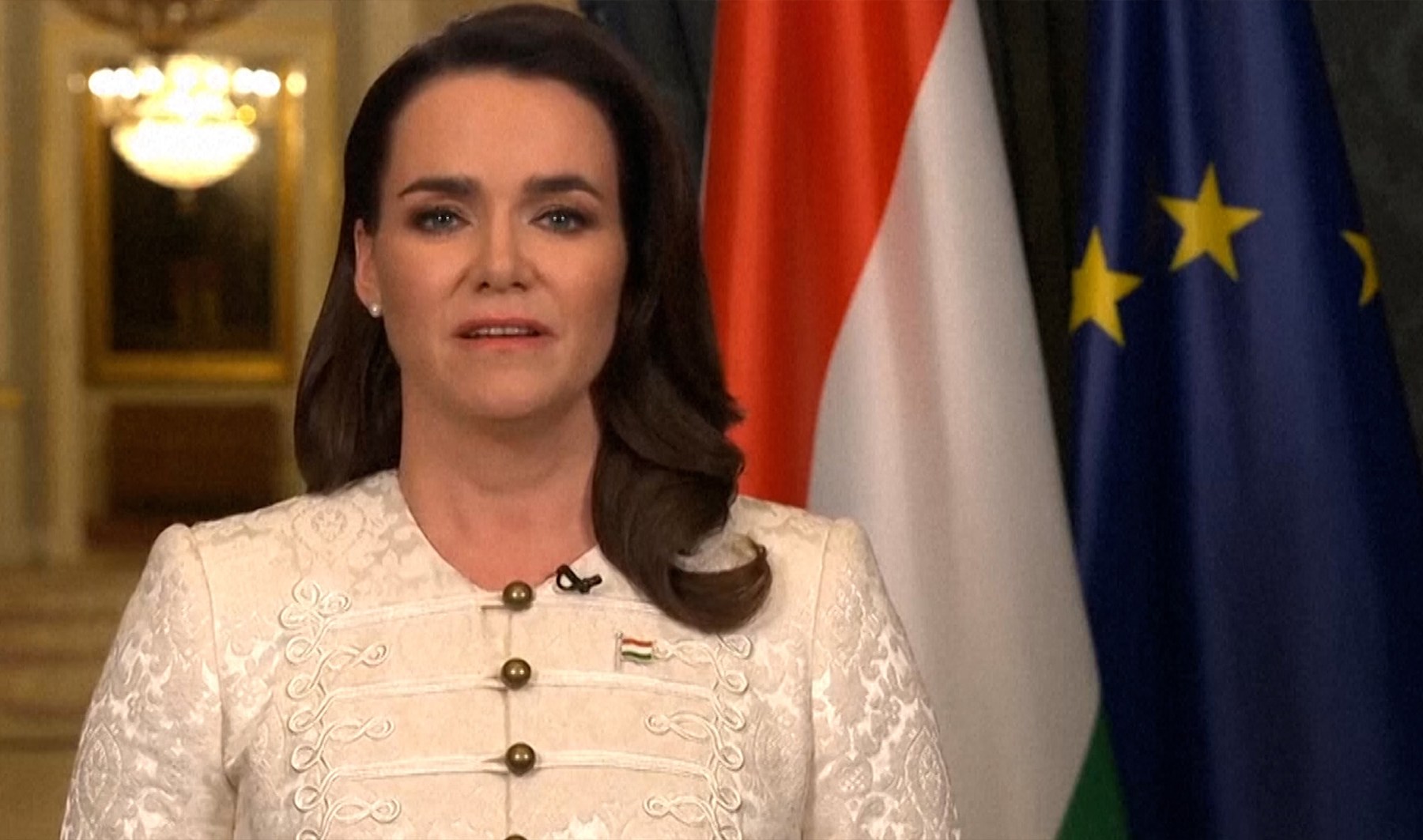US consumer spending rises strongly even as wage growth moderates
US consumer spending rose more than expected in September while underlying inflation pressures continued to bubble, keeping the Federal Reserve on track to hike interest rates by three-quarters of a percentage point next week.
But there was some encouraging news in the fight against stubbornly high inflation, with other data from the Labor Department on Friday showing private industry wage growth slowed considerably in the third quarter.
“Americans may say they are worried about inflation, but they are still out shopping which keeps the economy growing for another quarter,” said Christopher Rupkey, chief economist at FWDBONDS in New York. “There can be no chance that inflation pressures will subside in the near term from slowing demand.”
Consumer spending, which accounts for more than two-thirds of US economic activity, rose 0.6 percent last month, the Commerce Department said. Data for August was revised higher to show spending increasing by 0.6 percent instead of 0.4 percent as previously reported.
Economists polled by the Reuters news agency had forecast consumer spending would gain 0.4 percent. Consumers stepped up purchases of motor vehicles and spent more on food, clothing, prescription medication and recreational goods. There were also increases in outlays on services, driven by housing and utilities as well as travel and dining at restaurants.
The data was included in Thursday’s advance third-quarter gross domestic product (GDP) report, which showed economic growth rebounding after contracting in the first half of the year.
Last quarter’s 2.6 percent annualised growth pace was largely driven by a sharp narrowing in the trade deficit.
Growth in consumer spending slowed to a 1.4 percent rate from the April-June quarter’s 2 percent pace. Domestic demand last quarter was the softest in two years.
The Fed has raised its benchmark overnight interest rate from near zero in March to the current range of 3 percent to 3.25 percent, the swiftest pace of policy tightening in a generation or more. The tightening has included three straight 75 basis-point hikes.
Cooling demand has left some economists anticipating that the US central bank could signal slower rate hikes at its November 1-2 policy meeting, though much would depend on inflation, which remains stubbornly high.
Inflation still hot
The personal consumption expenditures (PCE) price index rose 0.3 percent last month, matching the gain in August. In the 12 months through September, the PCE price index increased 6.2 percent, matching August’s rise.

Excluding the volatile food and energy components, the PCE price index climbed 0.5 percent after increasing by the same margin in August. The so-called core PCE price index advanced 5.1 percent on a year-on-year basis in September after increasing 4.9 percent in August.
The Fed tracks the PCE price indexes for its 2 percent inflation target. Other inflation measures are running much higher. The consumer price index increased 8.2 percent on a year-on-year basis in September.
But there are some rays of hope. In a separate report on Friday, the Labor Department said the Employment Cost Index (ECI), the broadest measure of labour costs, rose 1.2 percent last quarter after increasing 1.3 percent in the April-June period.
The ECI is widely viewed by policymakers and economists as one of the better measures of labour market slack and a predictor of core inflation because it adjusts for composition and job-quality changes. It is being watched for confirmation that wage growth has peaked as economists try to gauge when the Fed will start slowing its aggressive rate hikes.
Labour costs increased 5 percent on a year-on-year basis after advancing 5.1 percent in the second quarter.
Wages and salaries climbed 1.3 percent last quarter after rising 1.4 percent in the second quarter. They were up 5.1 percent on a year-on-year basis after rising 5.3 percent in the prior quarter. Even more encouraging, private sector wages rose 1.2 percent, down from a 1.6 percent jump in the second quarter. That lowered the annual increase in private industry wages to 5.2 percent from 5.7 percent in the second quarter.
That fits in with recent data suggesting a moderation in wage gains, including average hourly earnings in the Labor Department’s monthly employment report and the Atlanta Fed’s wage tracker. While the Fed’s “Beige Book” report last week showed “wage growth remained widespread” in early October, it noted that “an easing was reported in several districts”.
State and local government wages, however, increased 2.1 percent in the third quarter after rising 0.7 percent in the second quarter.
But inflation eroded the gains for employees. Inflation-adjusted wages for all workers dropped 3 percent on a year-on-year basis. Benefits rose 1 percent last quarter after increasing 1.2 percent in the April-June quarter. They were up 4.9 percent on a year-on-year basis.
Despite persistent inflation, consumer spending notched gains in September, putting it on a higher growth trajectory heading into the fourth quarter. Inflation-adjusted consumer spending increased by 0.3 percent after the same gain in August.
Spending is being underpinned by the still-strong wage gains, which are lifting incomes. Households are also dipping into their savings to fund purchases.
Personal income increased 0.4 percent last month, matching August’s increase. The saving rate fell to 3.1 percent from 3.4 percent in August.




